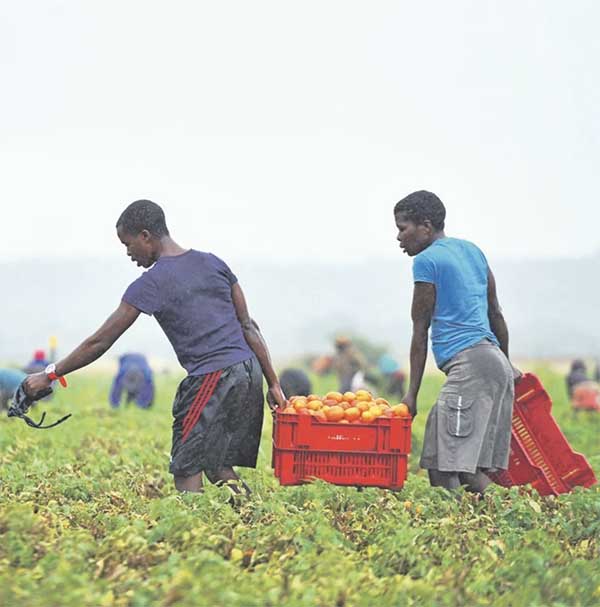When you think of the Great Limpopo Transfrontier Park, you might picture majestic elephants roaming the savannah or graceful giraffes munching on acacia leaves. But did you know that the park is also home to a variety of delicious fruits? These fruits thrive in the park’s warm, sunny climate and are beloved by both animals and humans alike.
Top Fruits Growing Well at Great Limpopo Transfrontier Park
If you are a fruit lover, you will be delighted to know that Great Limpopo Transfrontier Park is an excellent place to grow various fruits. Here are some of the top fruits that grow well in this park.
Mangoes
Mangoes are one of the most popular fruits in the world, and they grow exceptionally well in Great Limpopo Transfrontier Park. The park has a warm and humid climate that is ideal for mangoes. The mangoes grown in this park are juicy, sweet, and bursting with flavor. You will find various types of mangoes in the park, including Tommy Atkins, Keitt, and Kent.
Guavas
Guavas are another fruit that thrives in Great Limpopo Transfrontier Park. The park has a tropical climate that is perfect for guavas. The guavas grown in the park are rich in vitamins and minerals, making them an excellent choice for a healthy snack. The guavas are also juicy and sweet, making them a perfect addition to fruit salads.
Pineapples
Pineapples are a tropical fruit that grows exceptionally well in Great Limpopo Transfrontier Park. The park has a warm and humid climate that is perfect for pineapples. The pineapples grown in the park are sweet and juicy, making them an excellent addition to smoothies and fruit salads.
Tomatoes
Tomatoes are a versatile fruit that grows well in Great Limpopo Transfrontier Park. The park has a warm and sunny climate that is ideal for tomatoes. The tomatoes grown in the park are rich in flavor and nutrients, making them an excellent choice for salads, sauces, and soups.
Papayas
Papayas are a tropical fruit that grows exceptionally well in Great Limpopo Transfrontier Park. The park has a warm and humid climate that is perfect for papayas. The papayas grown in the park are sweet and juicy, making them an excellent addition to smoothies and fruit salads.
In conclusion, Great Limpopo Transfrontier Park is an excellent place to grow various fruits. Mangoes, guavas, pineapples, tomatoes, and papayas are just a few of the fruits that thrive in this park. If you are a fruit lover, you should definitely visit the park and try some of the delicious fruits grown there.
Market Opportunities for Fruits in the Great Limpopo Transfrontier Park Region
If you are interested in fruit growing, the Great Limpopo Transfrontier Park region offers a great opportunity for you. The region has a tropical climate, which is ideal for growing a wide variety of fruits. The fertile soils and abundant rainfall also make it possible to grow fruits of high quality and quantity.
There is a growing demand for fresh fruits in the region, and this presents a great market opportunity for fruit growers. The local population is increasingly health-conscious, and there is a growing interest in fresh, locally grown fruits. The tourism industry in the region also provides a ready market for fruits, as tourists are always looking for fresh, healthy foods.
The Great Limpopo Transfrontier Park region offers great opportunities for fruit growers. If you are interested in fruit growing, this region is definitely worth considering.
Conclusion
In summary, the Great Limpopo Transfrontier Park is a great place for growing a variety of fruits. With its favorable climate and fertile soil, you can easily grow fruits that are both nutritious and delicious.
If you’re looking to grow fruits in the Great Limpopo Transfrontier Park, you have plenty of options to choose from. With the right care and attention, you can enjoy a bountiful harvest of fresh, healthy fruits that are sure to satisfy your taste buds.



